Seven years ago, the Judaic Studies faculty at Oakland Hebrew Day School (OHDS) asked our students to write down questions about Judaism. What topics interested them? What would they want to learn more about? What aspects of the Jewish tradition spoke to them? Where would they want to deepen their knowledge and their connection? We were shocked by the outcome. They had no questions. At the time, we saw this as a symptom of an uninterested kind of relationship the students had with their Jewish studies. We wanted to find ways to strengthen that connection and deepen their interest in their Jewish heritage. Today, six years and many independent projects later, I am relieved and proud to see a shift in the overall attitude of our students toward their Judaic Studies and their Jewish tradition and heritage.
In 2016, OHDS shifted the middle school program to one that built on students’ choice, independence, and collaboration. With the support and guidance of JEIC and the Mayberg Foundation, the Workshop Based Beit Midrash (WBBM) created a learning environment and a pedagogic approach where students take ownership of their learning through classes that run across grade levels and are collaborative, partially student-driven curricula, integrated performance assessments, and independent projects. One of the main goals of the Beit Midrash program was to create an “affectively unique” Judaic Studies experience for the students. It challenged the prioritization of text study over other forms of connection with Jewish tradition and Jewish heritage. While still building on the students’ text skills, the Beit Midrash also expanded students’ opportunities to deepen their understanding of and connection to their heritage through a range of paths for learning Jewish texts in Hebrew, opening a gate to direct contact with the holiness of the Torah given to us. In the depth of Hebrew root words, patterns, gematria, repeated words, suffixes, and prefixes, we find connections that make our hearts beat faster and reveal layers of meaning just hinted at in translation. However, as the sages remind us regarding the Pesach seder, the text is not the only way to access our heritage and our connection with God. As we learn through the wisdom of the rabbis of the Talmud, song, inquiry, awakening the five senses, prayer, drama, and storytelling all contribute to making the evening of the seder a night different from all other nights, a night of CHiNuKH - חינוך.
Our goal in establishing the WBBM was to reach out and dig deeper into the meaning of the root word CHiNuKH-ח.נ.כ, the same root word we find in CHaNuCAH, dedication. What does “education” have to do with “dedication”? The Piaseczna Rebbe, Rabbi Kalonymus Kalman Shapira, explains that the word CHiNuCH refers not to a trade or skill, but to the potential [...] that a person might possess. “This potential will remain hidden unless we bring it out. Our task is to cause the potential to emerge, to accomplish the chinuch that will transform the person into a skilled artisan, will cause the house or vessels to fulfill their functions (dedication), each room according to what it is best suited for, every vessel or instrument according to the task for which it was designed and prepared.” Therefore, education needs to offer the students multiple entry points to their Jewish heritage, not unlike the twelve paths Am Yisrael chose from when crossing the sea (Pirkei DeRabbi Eliezer 42:5).
The Beit Midrash program reminds us of the importance of choice in identifying purpose, independence in working towards mastery, and multigrade interactions in exploring new and meaningful relationships. Since the program’s inception, middle school students have not only deepened their ability to ask questions—they have also learned how to find the answers for their questions and share their learning with others. The students have taught their classmates a variety of topics, from the Six-Day War and fashion in the Chumash to the 39 Melakhot of Shabbat, true and false prophets, the Mishkan, and the Batei Mikdash, mythical creatures in the Tanakh, the Israeli War of Independence, the impact of Judaism in the lives of celebrities, the Israeli political system, women in Jewish history, and so many more. Today, our students look forward to presenting their independent project proposals to the Beit Midrash faculty. They work on their research for a whole zman (roughly 10-12 weeks) with a chevrutah (a study partner); together, they identify their questions, conduct their research, prepare their presentation, and teach their middle school colleagues. While our students continue to learn the text skills required to be independent Jewish learners, they also have the opportunity to embrace their own interests, find their own voice, pursue their path within Yiddishkeit, ask their questions, and sometimes, answer them.


